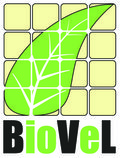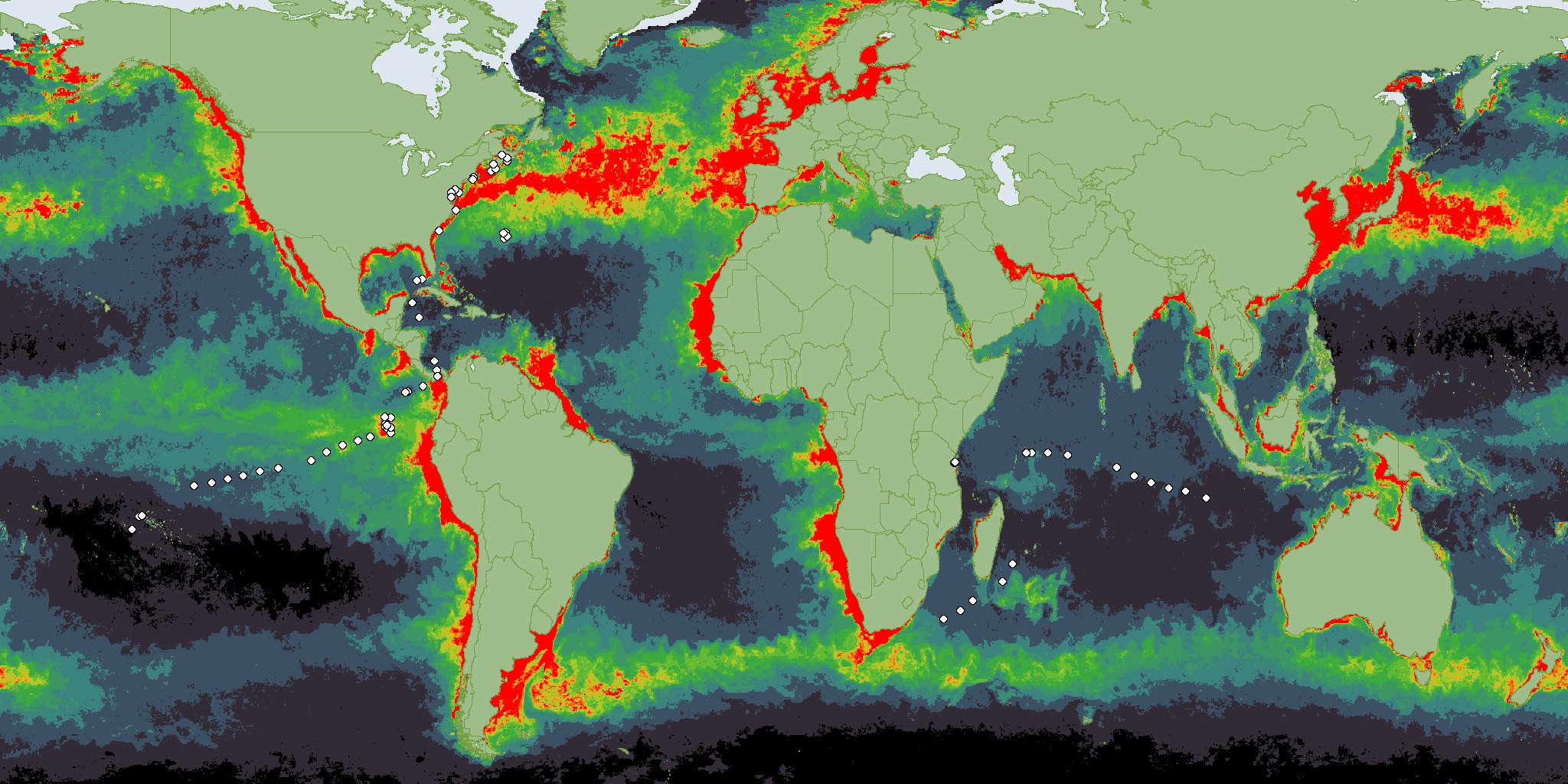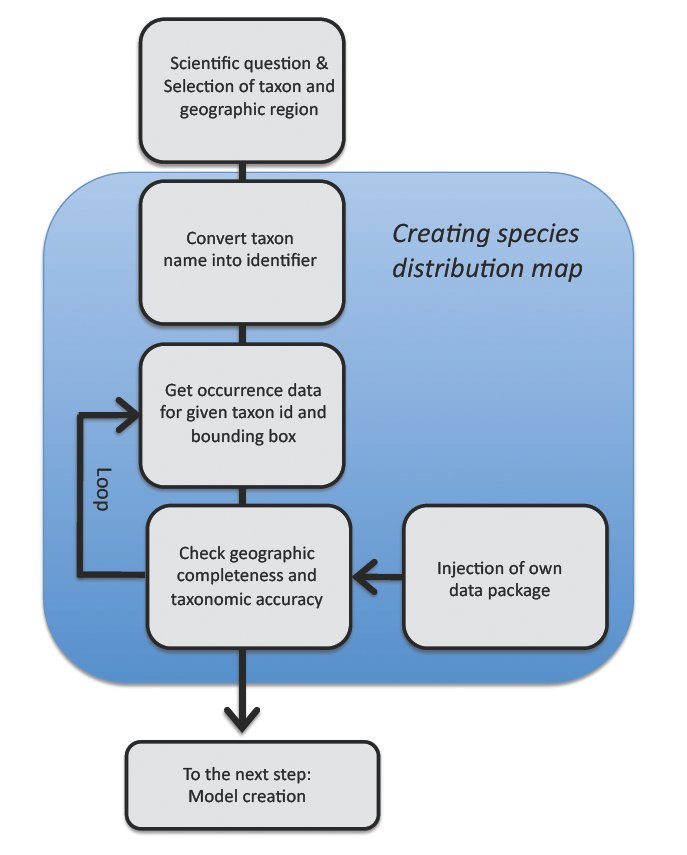Page path:
- Press Office
- Press releases 2011
- 16.11.2011 Biodiversity research project launched
16.11.2011 Biodiversity research project launched
The project in which scientists of the Max Planck Institute for Marine Microbiology in Bremen participate is seeking to provide a vital service that will improve the way scientists share, analyse and present information in the growing area of biodiversity science. The project, worth €5 million in funding, was ranked by the European Commission (EC) as top of its class from more than 60 proposals. The Cardiff School of Computer Science and Informatics led project is funded under the EC’s FP7 e-Infrastructures programme. Starting in September 2011, the three-year project called Biodiversity Virtual e‑Laboratory (BioVeL) will establish an international e-Laboratory. This will be the first of its kind in Europe and will allow biodiversity scientists to jointly tackle diverse research challenges.
Biodiversity science is the study of plants, animals and microorganisms that inhabit our planet and the environments they live in. Amid growing concerns over the extinction rate of certain species as their natural habitats are increasingly destroyed, and with biodiversity becoming as important as climate change on the political agenda, this new research project could not be more timely.
Biodiversity science is the study of plants, animals and microorganisms that inhabit our planet and the environments they live in. Amid growing concerns over the extinction rate of certain species as their natural habitats are increasingly destroyed, and with biodiversity becoming as important as climate change on the political agenda, this new research project could not be more timely.
Figure 1: From the global map with the sampling sites for metagenomic data (white symbols) the scientists can retrieve the corresponding environmental parameters. This example shows information about ocean productivity (biomass production) which is high in the red areas and low in the grey areas (see http://www.megx.net/).
Experts of the joint project in which 15 partners from institutions across Europe participate, plan to develop a system that will give scientists access to multiple data, analysis and computing resources for biodiversity science through a robust e-Science infrastructure. Max Planck researcher Renzo Kottmann says: “What is remarkable about the concept is that we will include data from different disciplines. That way we can obtain a broad description of the ecosystems.“ For that purpose the scientists intend to link remote sensing data and climatic, geographic and ecological information to the spatial and temporal occurrence of the different groups of organisms (Figure 1). Technical challenging analsyes as for instance the generation of species distribution maps will be performed as automated workflows. (Figure 2)
Figure 2: Ecological niche modelling begins with the generation of a species distribution map. This workflow exemplifies the operations taken by the bioinformaticians. An automation of the workflow facilitates this complex task (graphic courtesy of BioVeL)
The project partners aim at improving and facilitating the study of biodiversity. Renzo Kottmann explains: „BioVeL is a user oriented tool. No detailed knowledge on computer science is neccessary use our new infrastructure with its tools, knowledge and expertise behind it.“ BioVeL does not only offer scientists but also consultants and environmental policy makers the possibility to more easily research substantial biodiversity problems with societal impact. BioVeL has the potential to become an interface between science and the political level.
For further information on the BioVeL project, please visit http://www.biovel.eu/
For further information, please contact
Prof. Dr. Frank Oliver Glöckner 0421 2028 970 [Bitte aktivieren Sie Javascript]
Dr. Renzo Kottmann 0421 2028 974 [Bitte aktivieren Sie Javascript]
or the public relations office
Dr. Rita Dunker 0421 2028 856 [Bitte aktivieren Sie Javascript]
Dr. Manfred Schlösser 0421 2028 704 [Bitte aktivieren Sie Javascript]
For further information on the BioVeL project, please visit http://www.biovel.eu/
For further information, please contact
Prof. Dr. Frank Oliver Glöckner 0421 2028 970 [Bitte aktivieren Sie Javascript]
Dr. Renzo Kottmann 0421 2028 974 [Bitte aktivieren Sie Javascript]
or the public relations office
Dr. Rita Dunker 0421 2028 856 [Bitte aktivieren Sie Javascript]
Dr. Manfred Schlösser 0421 2028 704 [Bitte aktivieren Sie Javascript]


